esa
Latest
![Copernicus Sentinel data [2018], processed by Pierre Markuse](https://s.yimg.com/uu/api/res/1.2/wkiqr9fo8q.ujphEfZMnSQ--~B/Zmk9ZmlsbDtoPTQ2ODtweW9mZj0wO3c9ODMyO2FwcGlkPXl0YWNoeW9u/https://o.aolcdn.com/hss/storage/midas/405f5747485b92f7df9d1ac22845efd3/206453233/kilauea-volcano-infrared-2018-06-14-01.jpg.cf.jpg)
The drama and fury of Kilauea's volcano from space
Hawaii's Kilauea Volcano is causing all kinds of havoc. So far, it's wiped out at least 600 homes including a neighborhood called "Vacationland," completely filled in Kapoho Bay and rained olivine gems from the sky. Now, its destruction has been caught by the ESA Copernicus satellite Sentinel-2B (in visible and infrared light) with some dramatic enhancements from photo and geography enthusiast Pierre Markuse.

ESA releases the most detailed star map yet
The European Space Agency has updated Gaia's 3D star map, making it much richer and more likely to make you feel like a tiny speck of dust in an incredibly vast universe. This updated map includes stellar objects up to 8,000 light-years away, whereas the first one only covered an area within 500 light-years of where we are. It shows the location and brightness of 1.7 billion stars in our galaxy and beyond, over half a billion more than the first set of data the ESA released back in 2016. Even more impressive is that it also includes the distances and motions of a whopping 1.3 billion stars -- the previous map only contained those values for 2 million.

NASA and ESA want to bring Mars soil samples back to Earth
This week, NASA and the European Space Agency (ESA) signed an a letter of intent to collect soil samples from Mars and return them to the Earth. It's important to note that this robotic mission is very preliminary: This isn't an agreement to make this sort of mission happen. Instead, it's just a first step; the next is to study the feasibility of such an endeavor and decide on whether it's worth pursuing, which will happen in 2019.

ESA tests its giant Mars mission parachute
The European Space Agency has put one of ExoMars' landing parachutes to the test for the first time. And while it was deployed from a helicopter merely less than a mile above the ground, its successful descent is a major milestone for the mission. The ESA's test focused on the project's second main parachute, the largest to ever fly on a Mars mission with a diameter of 115 feet. It's also one of the two designed to safely deliver the ExoMars rover and science platform to the surface of the red planet in 2021.
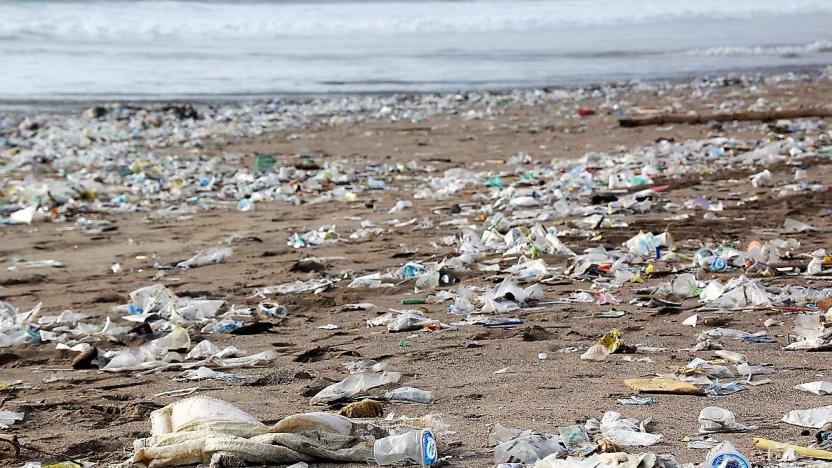
ESA plans to measure ocean plastic data from space
Scientists at the European Space Agency (ESA) are working on a technology that would allow them to identify from space just how much plastic there is floating around in oceans. Until now, researchers have used satellite maps to simulate the accumulation of marine trash, but the new project would use direct optical measurements to provide actual data on the scale of the issue.
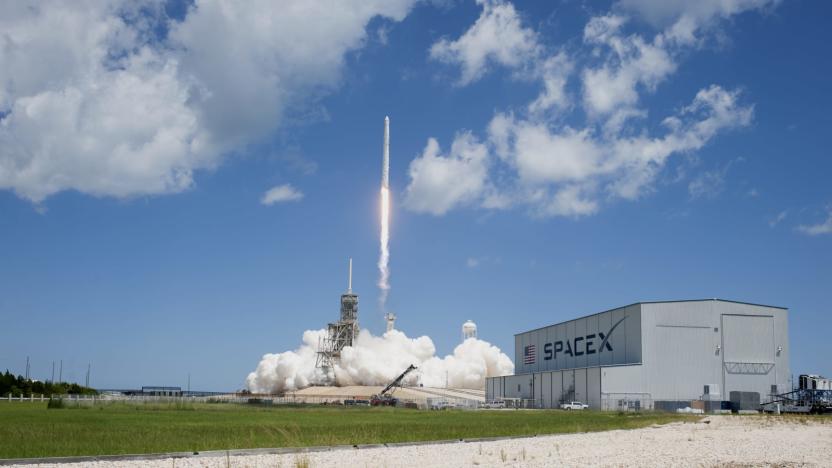
The UK's spaceport ambitions inch closer to reality
The UK government's goal to play host to the first spaceport in Europe is taking a baby step closer to fruition today. After being introduced just over a year ago as the Draft Spaceflight Bill, the rebranded Space Industry Bill is receiving royal assent to become part of UK law. While it sounds fancy, the nuts and bolts of it are kinda boring. The legislation covers necessities like spaceflight licensing, insurance requirements and safety commitments. Not a particularly exciting read then, but it does lay the regulatory groundwork that'll be essential for an operational spaceport. The government hasn't provided any update on when it hopes one will open, but previously it's said 2020 sounds doable.

Trump's video game meeting may not lead to any further action
Early this week, Trump at last announced that he would meet with leaders of the video game industry. Not to discuss the rising frustration with loot boxes, but to rehash the exhausted and research-debunked notion that playing games causes people to become more violent. Predictably, Trump invited zero scientists or respected researchers to the summit, instead stacking it with outspoken video game critics and a trio of Republican lawmakers. And surprising nobody, the hour-long meeting produced very few actionable results.

Trump spurns experts for his video game meeting
Donald Trump is hosting a meeting today, which, according to a White House spokesperson, has been set "to discuss violent video-game exposure and the correlation to aggression and desensitization in children." CNN's Jake Tapper tweeted the list of attendees earlier today and it includes members of the video game industry as well as outspoken critics of violent video games. However, as Rolling Stone points out, there aren't any scientists included in the meeting -- a glaring omission if you're interested in having a truly representative discussion about video games and real-world violence.
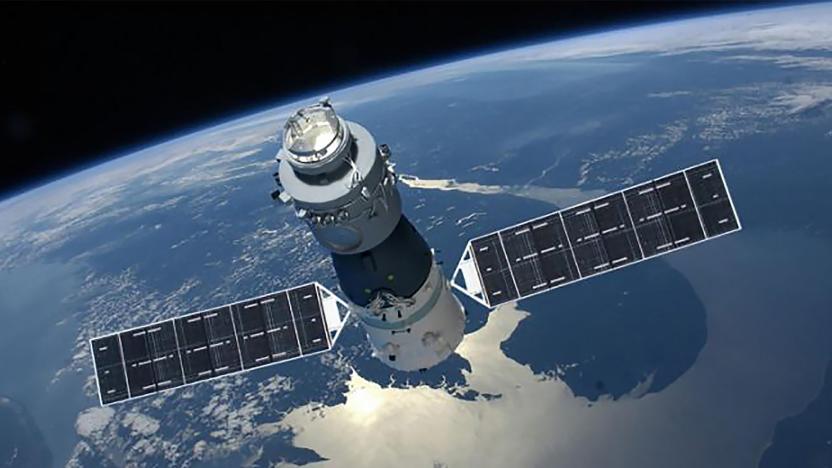
China’s first space station will hit the Earth’s atmosphere soon
There's a space station in a decaying orbit. It's going to fall back to Earth. And we don't know where or when it will hit. No, this isn't the plot of a terrible action movie. The Chinese space station Tiangong-1 is headed for an uncontrolled reentry into Earth's atmosphere. The European Space Agency (ESA) has been monitoring the situation; today, it delivered an update narrowing down the crash window. The space station will fall somewhere between 43 degrees North and South, but because of the angle of the Tiangong-1, it's more likely to fall near the maximum or minimum than on the equator. The reentry time frame is between March 29th and April 9th, but the ESA notes that this is highly variable.

For the people in the back: Video games don't cause violence
Video games do not cause violent behavior. There is no scientific, consensus-backed research supporting the idea that playing video games -- even bloody, realistic shooters -- leads to real-life acts of brutality. However, this misguided theory prevails. After a shooting at a high school in Parkland, Florida, left 17 people dead on February 14th, a handful of politicians decried video games for corrupting young minds and inciting violent behavior. Days later, President Donald Trump said during a meeting about safety in schools, "I'm hearing more and more people say the level of violence on video games is really shaping young people's thoughts." Tomorrow, video game industry leaders are scheduled to meet with Trump to discuss the (non-existent, completely imaginary) problem. The Entertainment Software Association will be there and it has a clear message for the White House: "Video games are plainly not the issue: entertainment is distributed and consumed globally, but the US has an exponentially higher level of gun violence than any other nation."
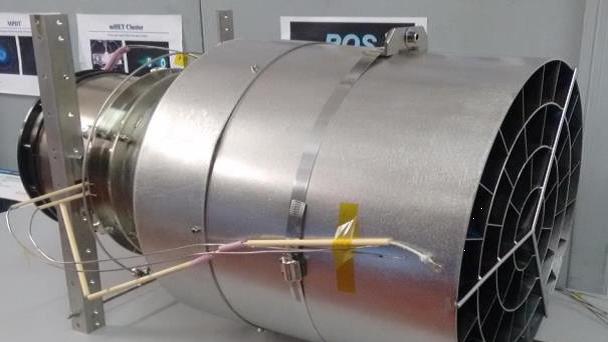
ESA's air-breathing thrusters help keep satellites alive longer
Satellites could soon remain in orbit for years on end thanks to new technology that turns air molecules into propellant. A European Space Agency (ESA) team has developed an electric thruster that collects molecules from the top of the atmosphere and gives them electric charges so they can be accelerated and ejected to provide thrust. This could create a new class of satellites able to operate in orbit for long stretches.

Trump will meet with video game industry leaders on March 8th
After a little bit of back and forth, it appears that the White House's meeting with the video game industry is on. At today's press briefing, White House press secretary Sarah Huckabee Sanders confirmed that a meeting will take place this Thursday, March 8th. Separately, the Entertainment Software Association, which has many of the top software publishers (and all three major console manufacturers) as members, confirmed that it would be participating in the meeting. The ESA's full statement follows below.
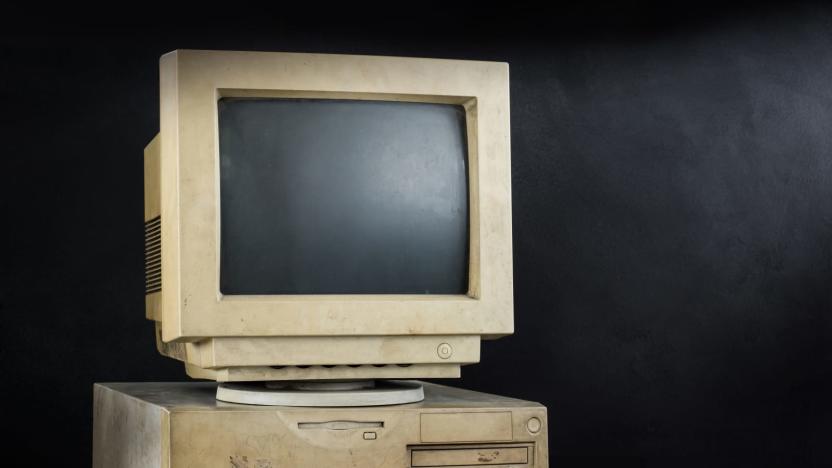
The ESA says preserving old online games isn't 'necessary'
The video game industry as a whole does a poor job of preserving its history -- especially when it comes to online games. The Entertainment Software Association -- responsible for E3; counts Electronic Arts, Sony, Microsoft, Nintendo and Ubisoft as members -- is petitioning the US Copyright Office to not make DMCA exemptions for abandoned online multiplayer games. It's an effort to block the folks at the Museum of Art and Digital Entertainment in California who would like to see an exemption made to how the DMCA treats titles like the original Everquest.
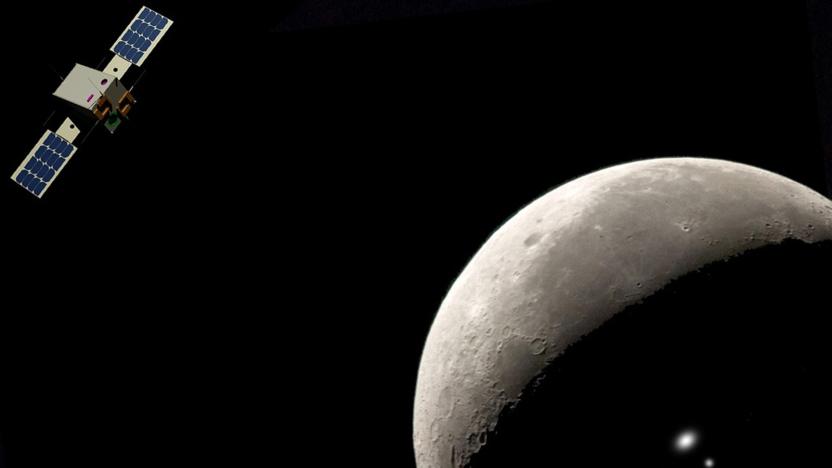
ESA picks two tiny spacecraft to study the dark side of the Moon
Tiny cube spacecraft aren't just useful around Earth's orbit. The European Space Agency has chosen two winners in a competition to build cubesats that will study the dark side of the Moon. The first, the Lunar Meteoroid Impact Orbiter (Lumio), would circle around the Moon's far side to map meteor bombardments by looking for bright flashes. The Lunar Volatile and Minearology Mapping Orbiter (VMMO), meanwhile, would study the permanently darkened Shackleton Crater near the lunar south pole to look for water ice and other materials that could be useful for colonists. It would keep watch for radiation, too.

FCC extends waiver for video game accessibility for the last time
The idea behind 2010's 21st Century Communications and Video Accessibility Act (CVAA) is to make sure that federal accessibility laws created in the '80s and '90s were updated to include new digital and communications technologies. The part of the Act pertaining to video games and advanced communications services (think gaming chat and the user interfaces around gamer communications) has been given a year's waiver. As reported by Gamasutra, this is the third and final time games will be exempted from accessibility requirements. The new deadline is set for January 1st, 2019.
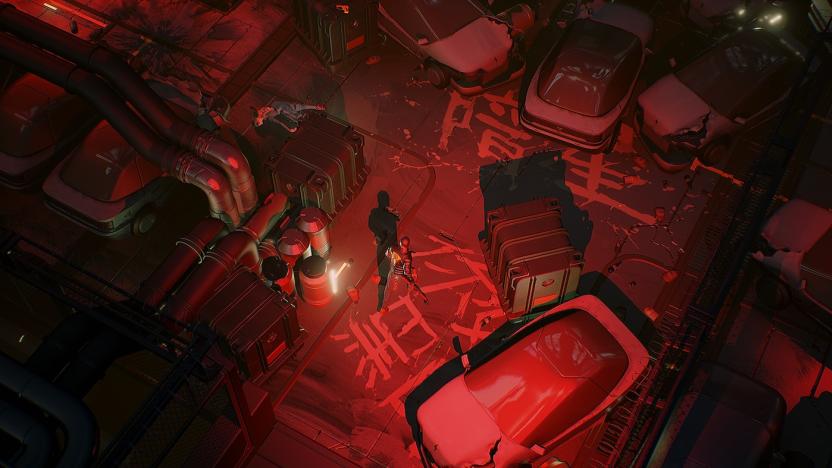
Why your favorite indie game may not get a boxed edition
The Entertainment Software Rating Board is not a government entity. In fact, it was created in the 1990s specifically to keep Congress out of the video game industry, at a time when lawmakers were loudly condemning the infusion of digital violence in popular culture. The ESRB was modeled after the film industry's MPAA, doling out ratings for video games in North America. Back in the Clinton era, there were no federal laws requiring publishers to display ratings on their games, and there still aren't today. The ESRB oversees the entirety of the video game ratings system, from AAA to independent developers and specialty shops like iam8bit, Special Reserve and Limited Run Games (which release physical editions of digital indie titles). This year, the ESRB announced a change to its rating policy that rocked the very foundation of Limited Run Games' business model.
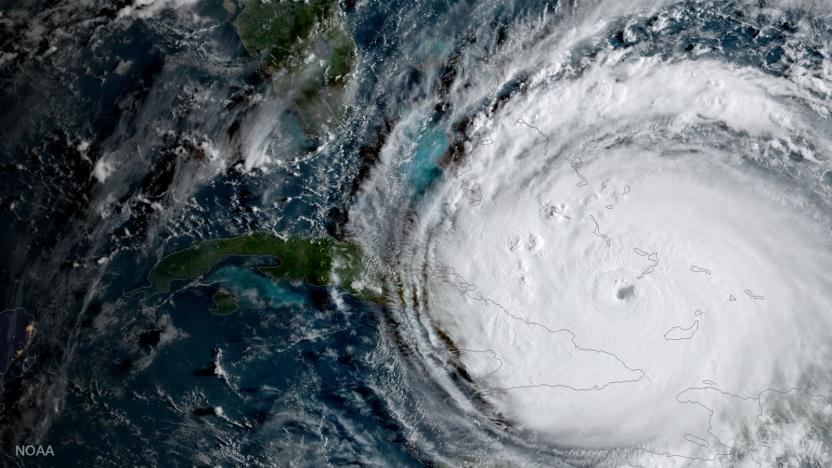
France and China will study ocean-based climate change next year
France and China, both key leaders of the Paris Climate Accord now that the US is leaving, have unveiled a new satellite to better predict storms and model climate change. The China-France Oceanography Satellite (CFOSAT) includes two radars that can study both wind strength and direction as well as the direction and wavelength of ocean waves. The latter can help scientists predict heat waves and other important climate data, according to recent studies.

Rosetta probe's last surprise: a photo of its landing site
Since it's been a year since Rosetta landed on the comet it orbited for a couple of years, you'd think the ESA had already decoded everything the vessel sent back before its demise. Apparently, the probe has one last surprise for all of us: a close-up photo of its final landing site. The team keeping an eye on the probe's OSIRIS camera thought they'd already downloaded all the images Rosetta took during its descent. Turns out the last photo's transmission got interrupted before it was done.
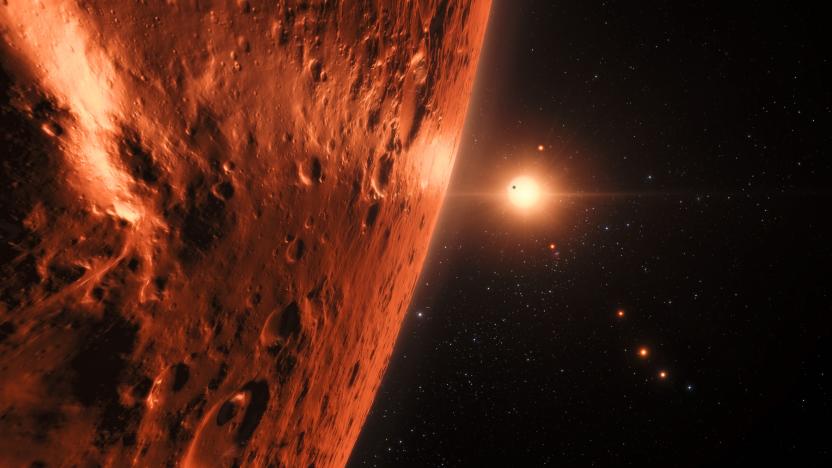
Hubble telescope spots evidence of water on Trappist-1 planets
Scientists say it's possible five Earth-sized planets orbiting Trappist-1, an ultra-cool dwarf star located 39 light years away, contain "significant amounts of water." An international team of astronomers used the Hubble Space Telescope (HST) to measure the amount of ultraviolet (UV) radiation hitting all seven Trappist-1 exoplanets. The phenomenon is important because low-energy UV radiation can break down water molecules into hydrogen and oxygen; higher levels heat the upper atmosphere to the point where the two elements can escape. UV radiation is therefore useful in modelling water loss and atmospheric stability in distant planets.
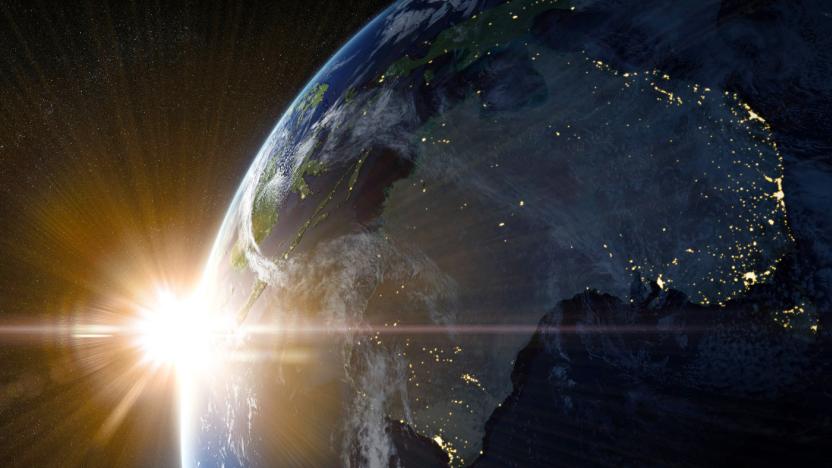
Milky Way's fastest stars could be runaways from another galaxy
The fastest-moving stars in our galaxy, known as hypervelocity stars, may have a more interesting backstory than scientists first thought, according to new research from Cambridge University. Astronomers initially believed these super-rare stars -- only 20 have been identified -- had been expelled from the center of the Milky Way by a supermassive black hole, but the study shows that they may have started their breakneck journeys in another galaxy altogether: the Large Magellanic Cloud (LMC).












